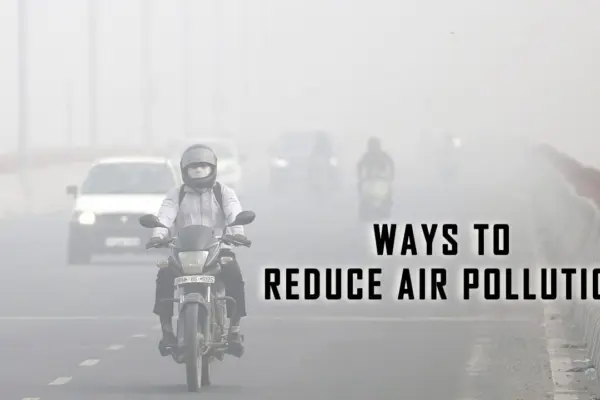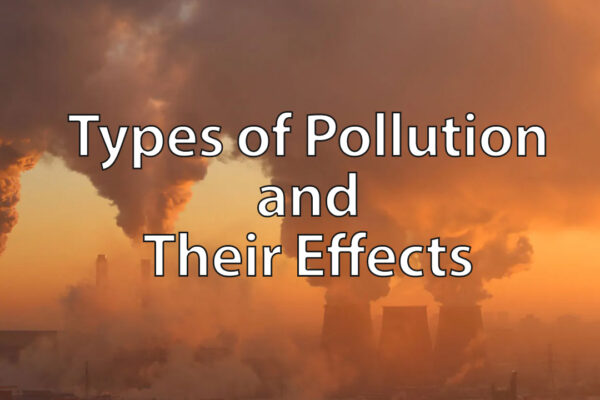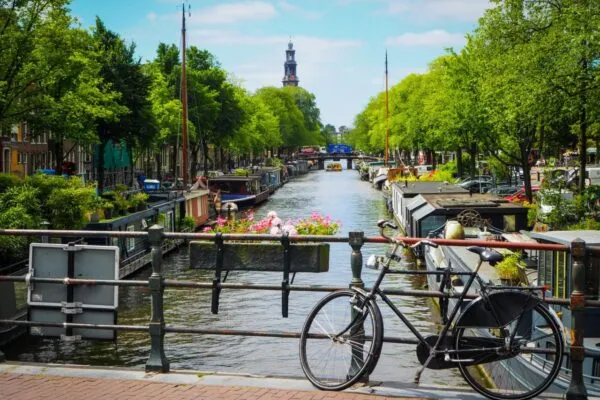Stubble Burning Deteriorates Delhi’s Air Quality to ‘Severe’ – Public Health Emergency Declared
After a long time, Delhi experienced the cleanest air in the month of September this year. But as the sowing season approached, the stubble burning in the neighboring states deteriorated the air quality in Delhi. Then came the festival of lights – Diwali – which is more like the festival of burning loud firecrackers and dissipating smoke into the atmosphere.
The System of Air Quality and Weather Forecasting and Research (SAFAR) had previously revealed that only 10 percent of Delhi’s poor air quality was contributed by the stubble burning in the neighboring states of Punjab, Haryana and Utter Pradesh. But, that amount rose to 35 percent toward the end of October, the season’s highest, and the hazardous haze shrouding the city can be purely attributed to the stubble burning.
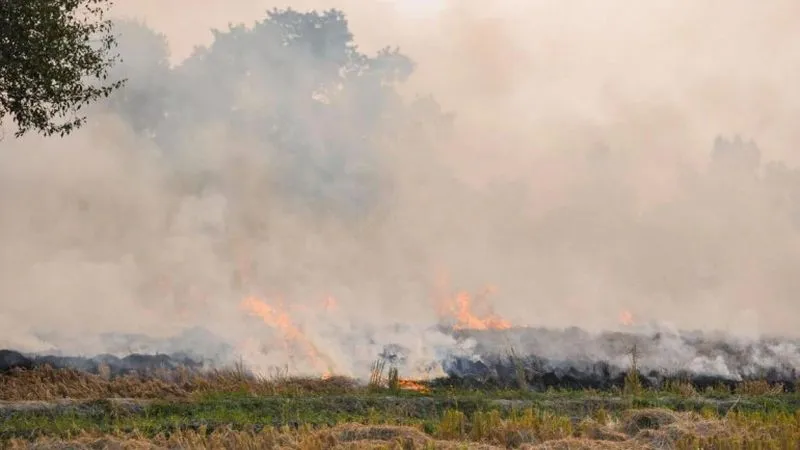
The stubble burning around Delhi is polluting the city / Image: India Today
Although there is a ban imposed by National Green Tribunal (NGT) on stubble burning, the farmers say that only an economically viable alternative can convince them to stop burning the paddy residue.
Many violators have been charged with heavy fines in the past, but as this is an easy solution that saves them time and money, the farmers set the paddy residue on fire in order to clear the fields for wheat sowing. This year too, many farmers have been booked for stubble burning in Uttar Pradesh, Haryana, and Punjab.
Also Read: Stubble Burning in North India Causes Severe Air Pollution in Delhi
The government has provided stubble management machines on subsidy to eliminate the burning of crop residue. Despite the subsidy, for most small and marginal farmers it is not possible to buy these machines as the cost is too high, not to forget the additional costs of diesel and maintenance of the machinery.
Meanwhile, the air quality in the national capital has gone from ’emergency’ to ‘severe plus’ levels on the Air Quality Index (AQI) in a span of just one day. Regardless of the efforts of the Delhi government, the smog enveloping the capital is getting denser by the day.
The situation has been worsened after Diwali as the citizens burned firecrackers even though the authorities had urged to celebrate an environmentally-friendly Diwali.
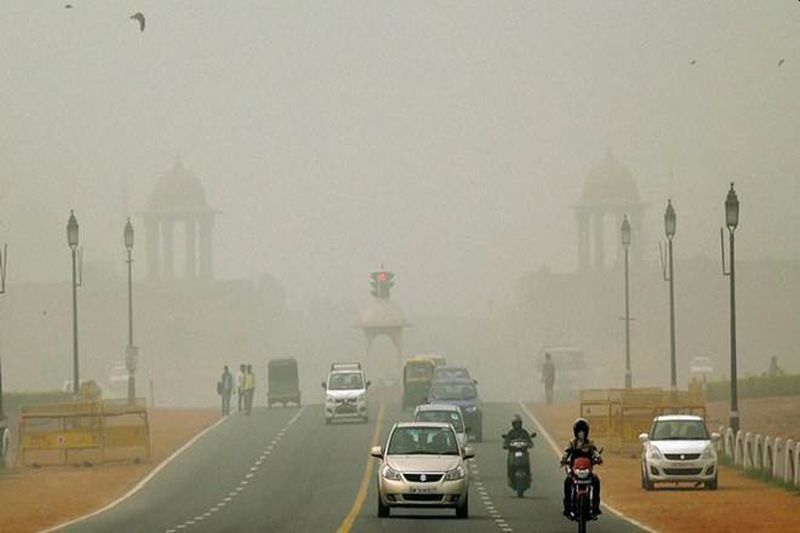
Delhi’s air quality deteriorated from poor to severe levels on Air Quality Index Image: The Financial Express
Sure, the farmers understand the repercussions of stubble burning, but they do not have any other economical alternatives. And the ones that are available are costly and really time-consuming. So the farmers stick to the old conventional methods to get rid of crop residue. To improve the situation, it is very important for the government to provide easily accessible methods for the farmers in order to encourage them to stop setting the paddy stubble on fire.
Meanwhile, with the AQI crossing over 500 – which is considered the ‘severe plus’ or ‘emergency’ category, there has been a rise in the cases of respiratory ailments in the national capital. Many people were forced to miss their morning and evening walk sessions, while others are suffering from throat infections, breathing problems and so on. The parents urged the government to close the schools until the situation improves as the children are most affected by the polluted air.
The Environment Pollution (Prevention and Control) Authority (EPCA) declared a public health emergency across Delhi NCR on November 1, with pollution levels entering the ’emergency’ category for the first time since January. After the declaration of a health emergency, the Delhi government ordered the schools to remain shut till November 5.
The rise in the cases of stubble fires in Punjab and Haryana has contributed to about 46 percent of pollutants in Delhi. An AQI of 400 and above were recorded in the neighboring cities of Delhi. In the meantime, the government distributed five lakh high-quality masks to the school children and urged the citizens to remain indoors as much as possible. The construction works have been banned till November 5 as well.
The weather experts are of the opinion that increased wind speed due to a fresh western disturbance would help in dispersing pollutants faster from November 2. The citizens of the national capital are desperately hoping to get a breath of fresh air again.
Via: Times of India
